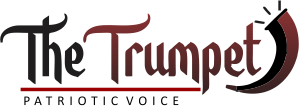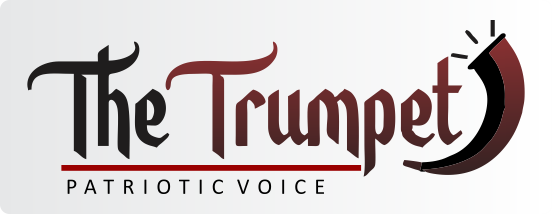In the digital world of content and visibility, three undisputed rulers determine your website’s success on Google’s throne. Termed the Three Kings of SEO, these are the URL, the SEO title tag, and the page title. Together, they carry more weight than any other on-page element when it comes to telling search engines exactly what your page is about — and ranking it accordingly.
If you’ve ever wondered why some websites effortlessly dominate search engine results while others barely get noticed, this is the secret sauce: strategic keyword placement in these three golden spots. These elements aren’t just placeholders; they’re powerhouses. Mastering them is like wielding a sword forged in Google’s algorithmic fire.
The first king, the URL, is your page’s direct address. When optimized correctly, it becomes a beacon for both search engines and users. Want to rank for yoga clothes? Then don’t get fancy. Stick to a clean, concise structure like www.thetrumpet.com/yoga-clothes. Adding too many words or stuffing it with all the variations of your keywords doesn’t make it better — it makes it spammy. Worse still, repeating words (like yoga.com/yoga-clothes) is a red flag to Google and an eyesore to users.
To update your URL in WordPress, log into your backend, click on Pages, then Add New. The permalink field is your friend here. Edit it carefully to reflect your main keyword, publish or update the page, and boom — the first king, conquered. But beware: changing a URL on an already-ranking page without setting up a 301 redirect can destroy your SEO. If the page has links and authority, you’re better off optimizing the next two kings.
Read Also: Mastering Keyword Research: A guide to SEO success
Moving to the second king — the SEO title tag — this is the headline people see when your site pops up in Google’s results. It’s your first impression. Ideally, your main keyword should be at the front, but the wording must remain natural. Keyword stuffing is your enemy; clarity and flow are your allies. For example, a strong title tag might be: Yoga Clothes for Men and Women – Tops, Vests & More | YourBrandName. This format captures top search terms while keeping things human-readable and brand-conscious.
In WordPress, optimizing this is simple with the Yoast SEO plugin. Once installed, go to the bottom of your page, click Edit Snippet, and manually enter your custom title tag. Aim to keep it under 60 characters to avoid Google cutting it off. Bonus tip: include your keywords subtly in the meta-description below to entice more clicks, even though it’s not a ranking factor anymore.
Now for the third king — the page title, usually represented by the H1 tag. This is what your visitors see when they land on your page. It should match the SEO title in tone and purpose, without duplicating it word-for-word. Keep it sharp, keyword-rich, and descriptive. A good H1 for the same page might be: Discover Premium Yoga Clothes for Every Body. It adds value, reflects your focus keyword, and invites engagement.
Understanding and implementing these three kings — URL, SEO title, and H1 page title — is like giving your website a direct hotline to Google’s ranking system. These aren’t just techy boxes to tick off; they’re the foundation of every successful SEO campaign. Ignore them, and your content will drown in a sea of obscurity. But master them, and your pages will climb, convert, and conquer.
As SEO continues to evolve, the battle for visibility becomes fiercer. But with these three kings in your arsenal, you’re not just in the game — you’re playing to win.






